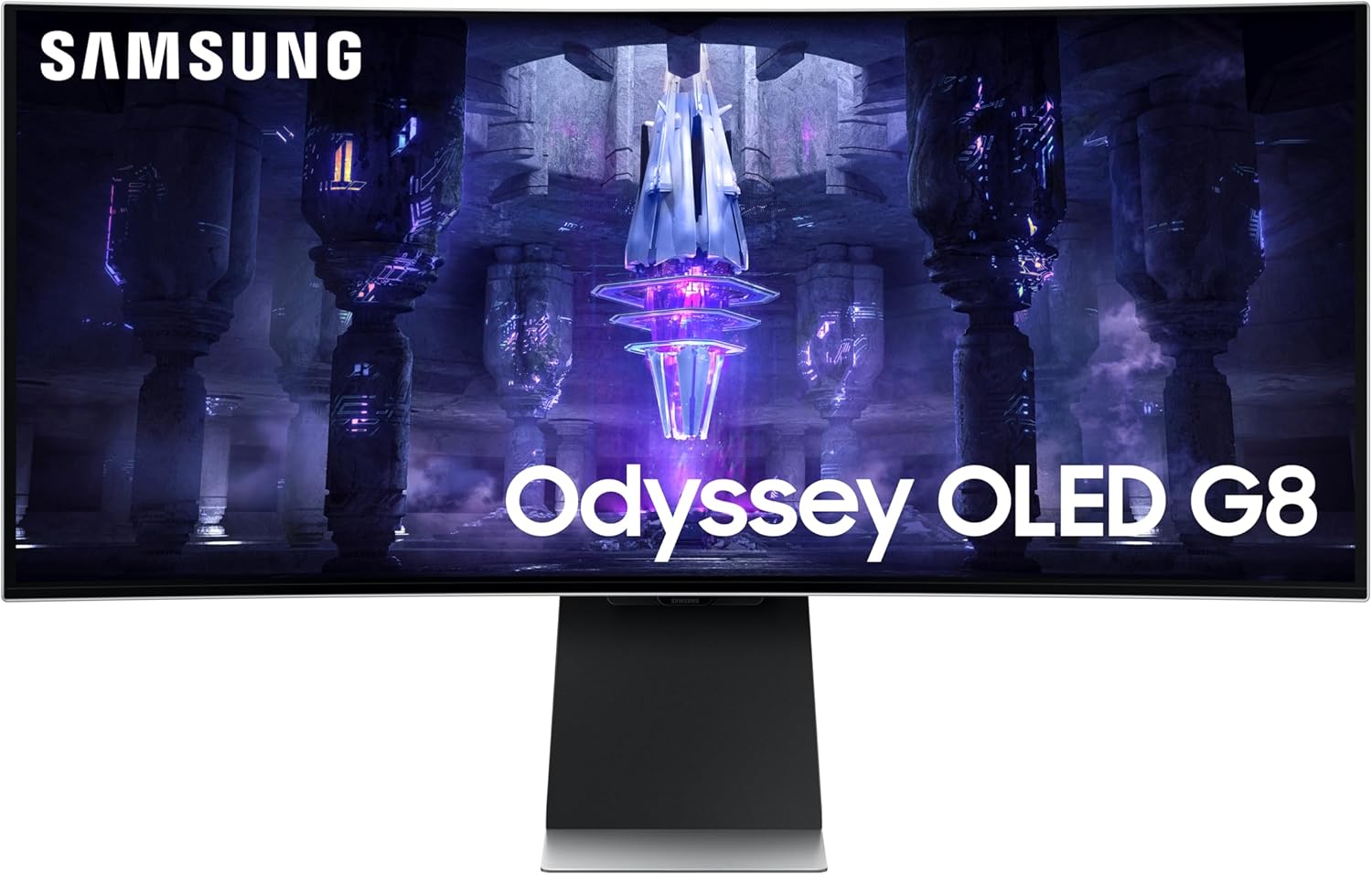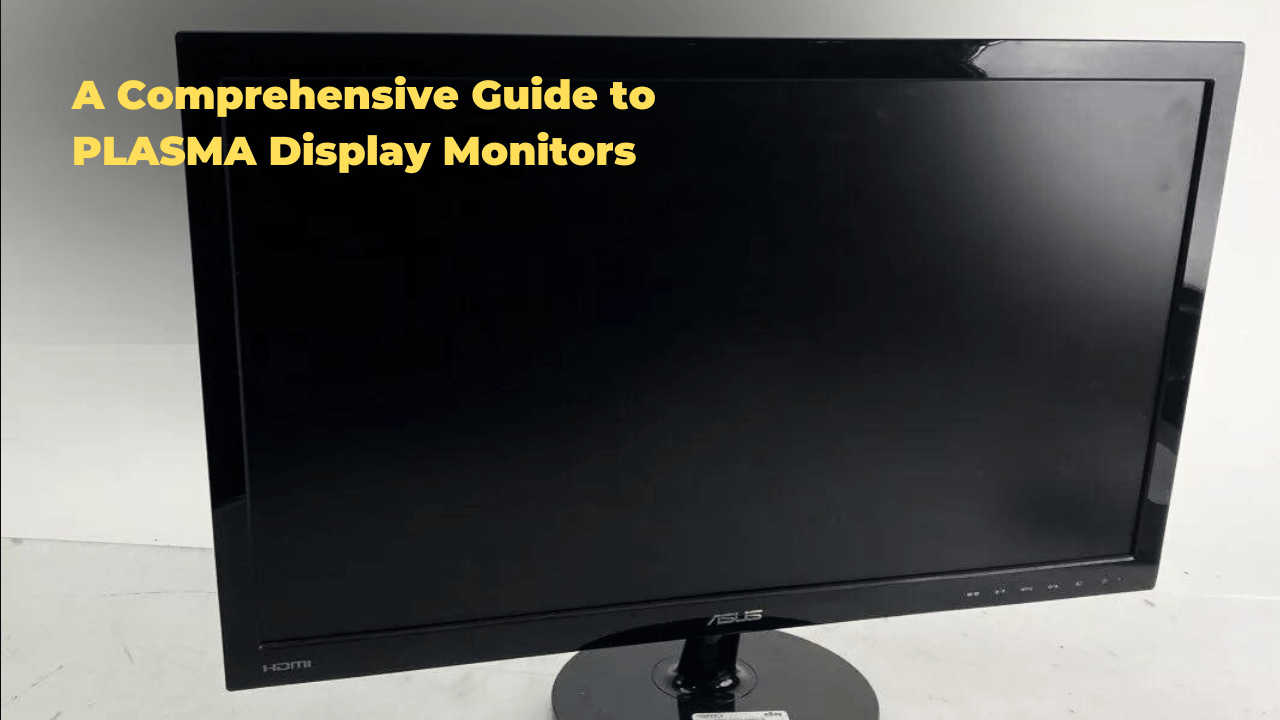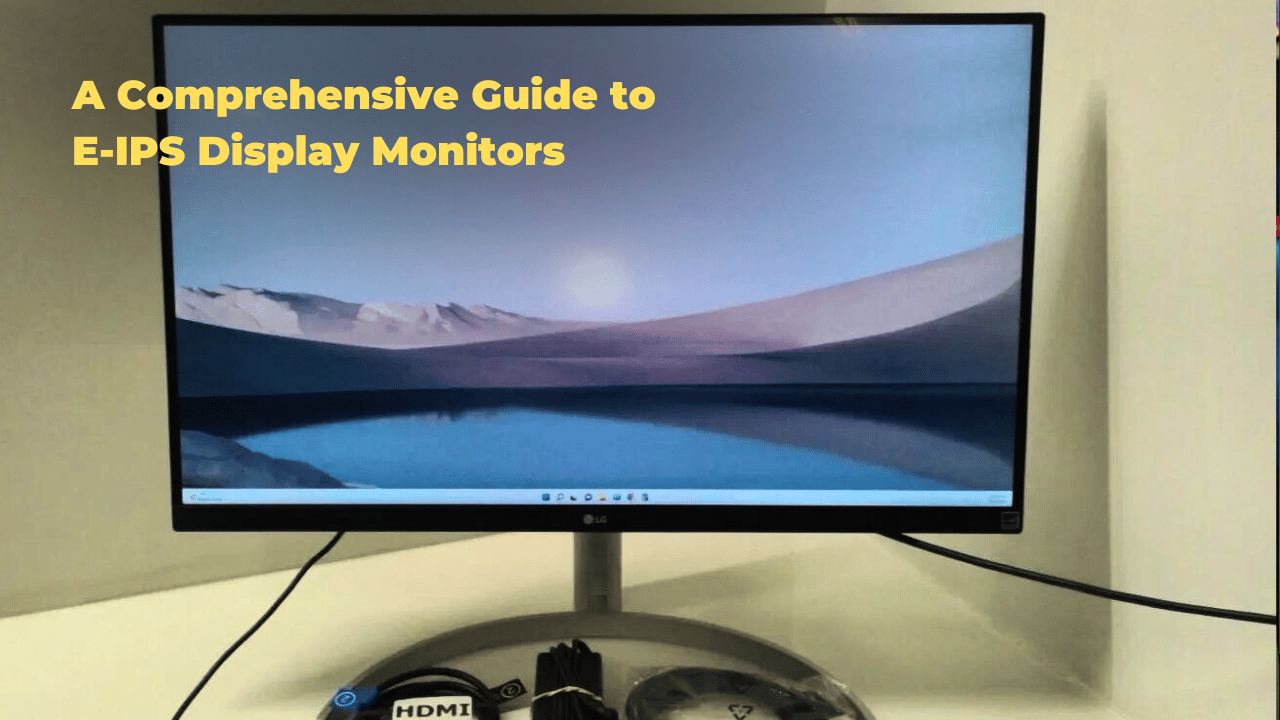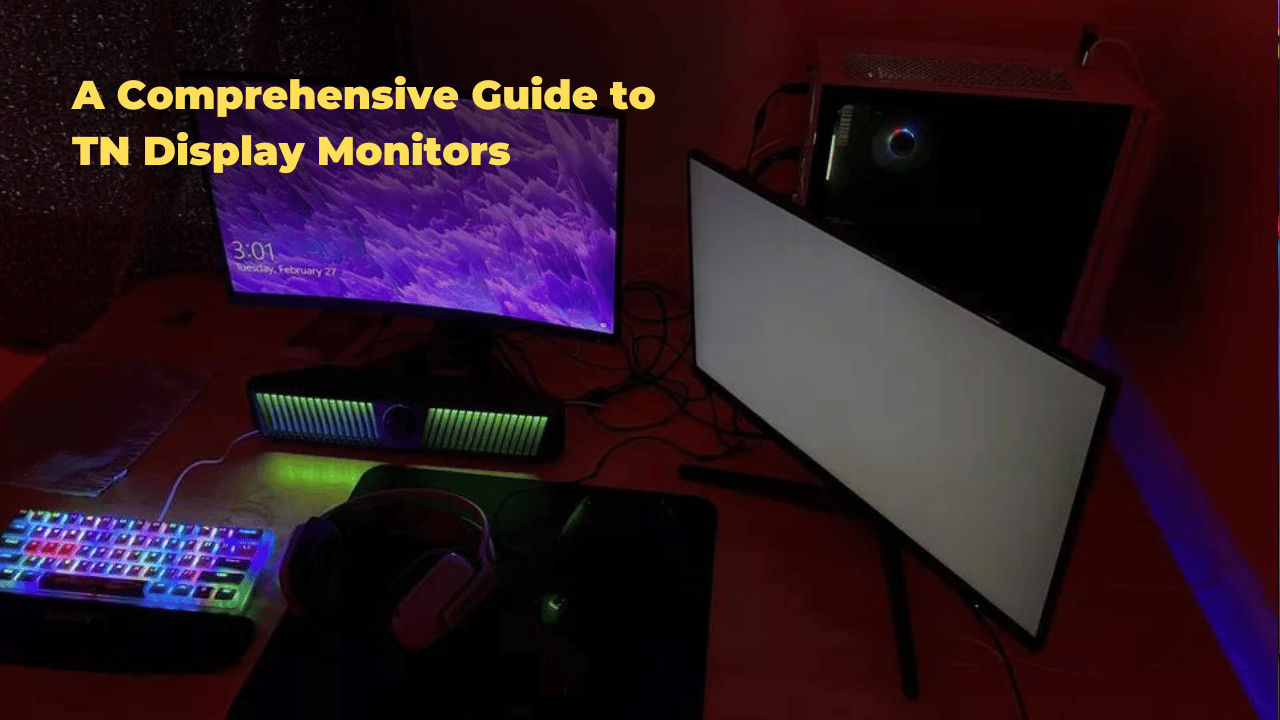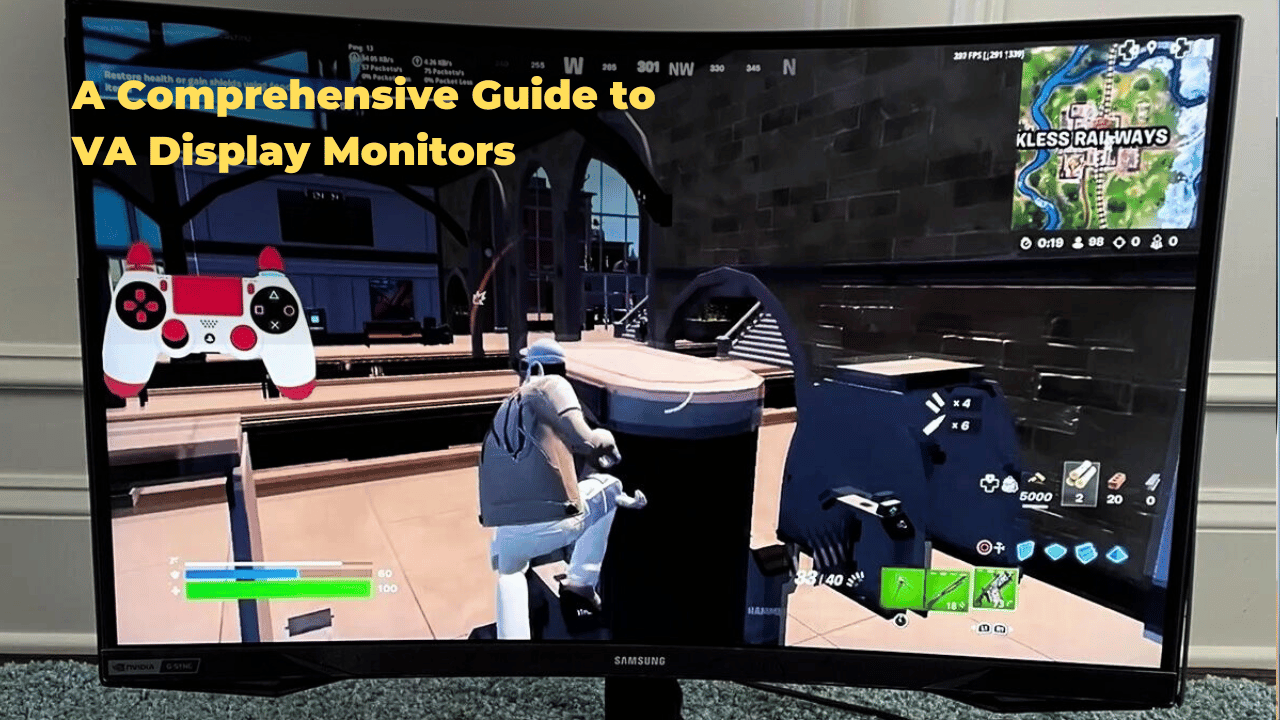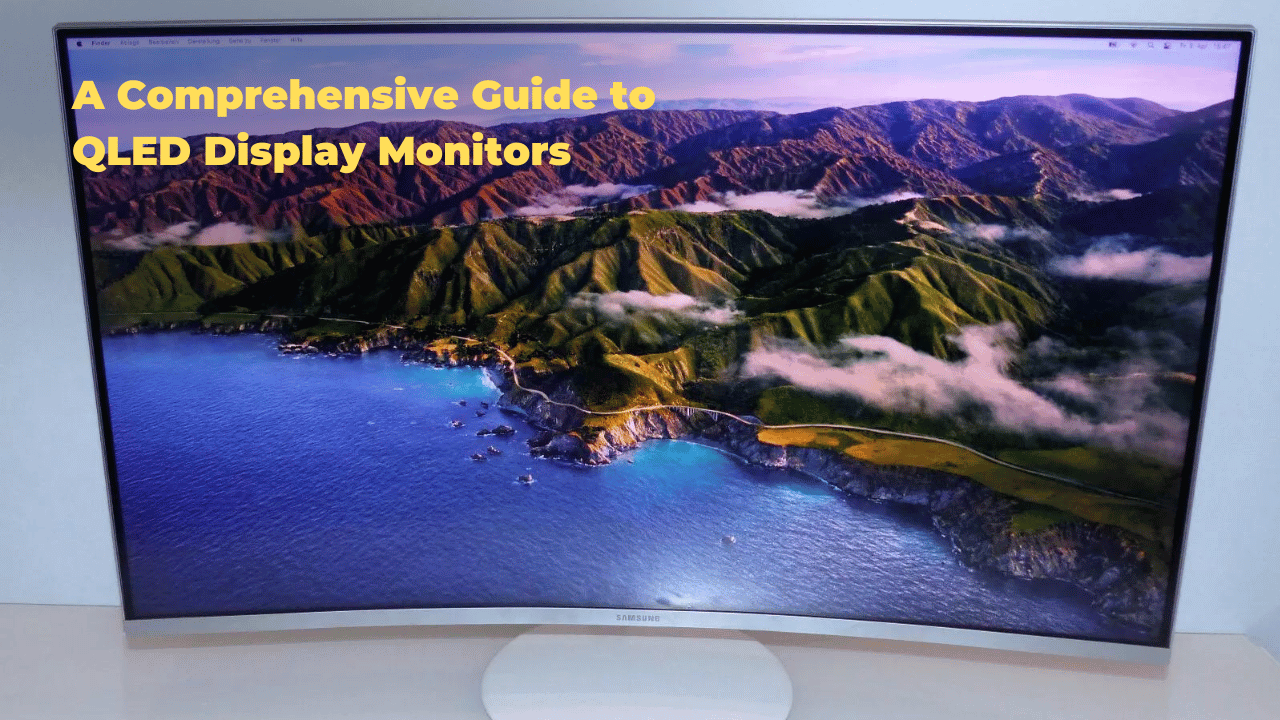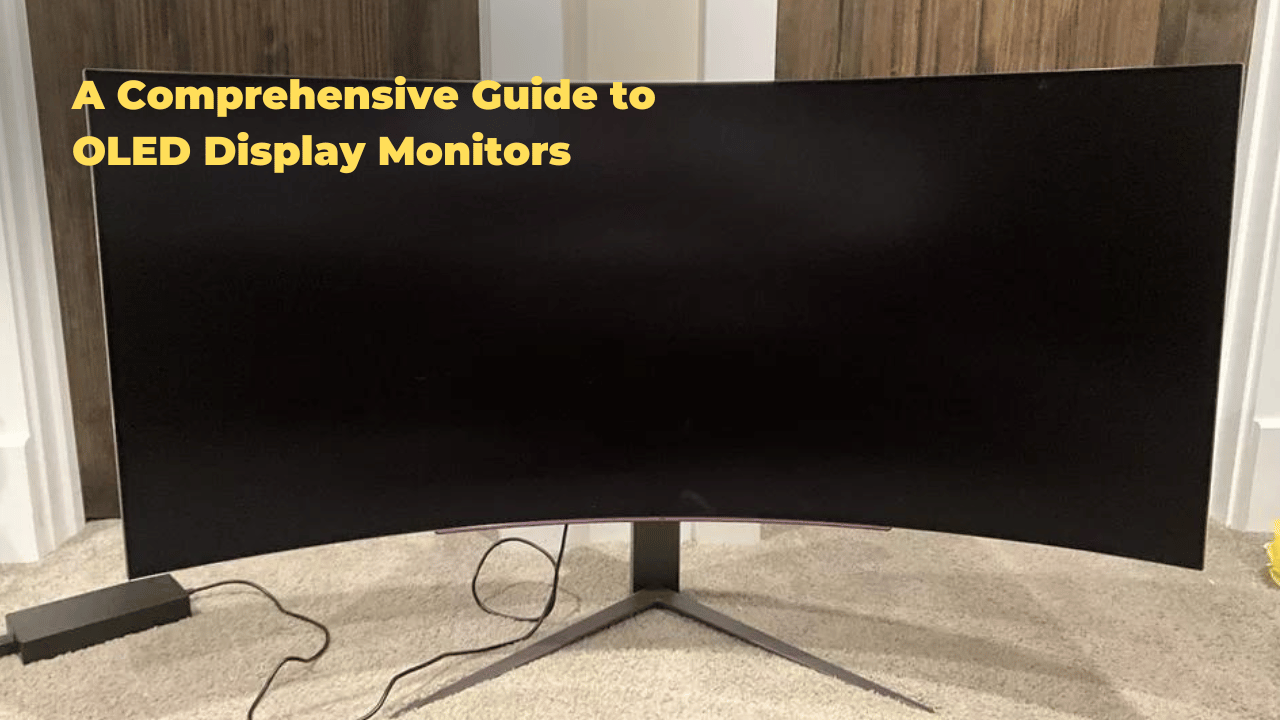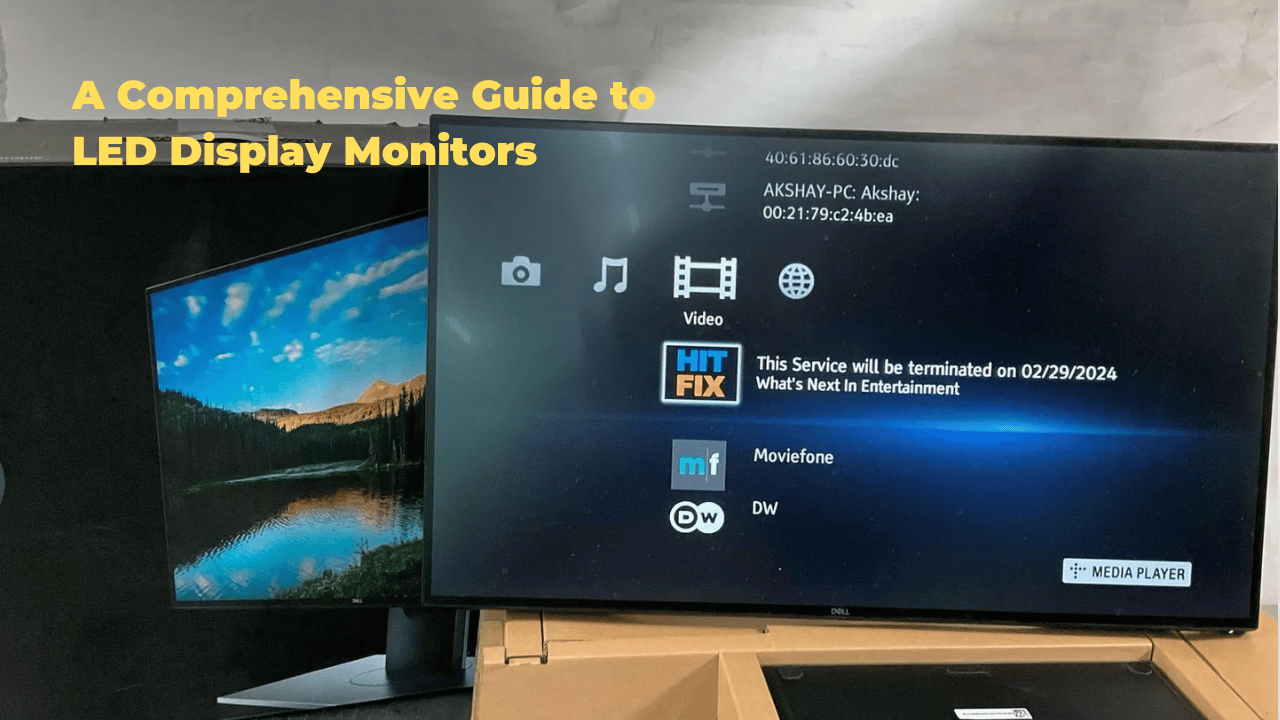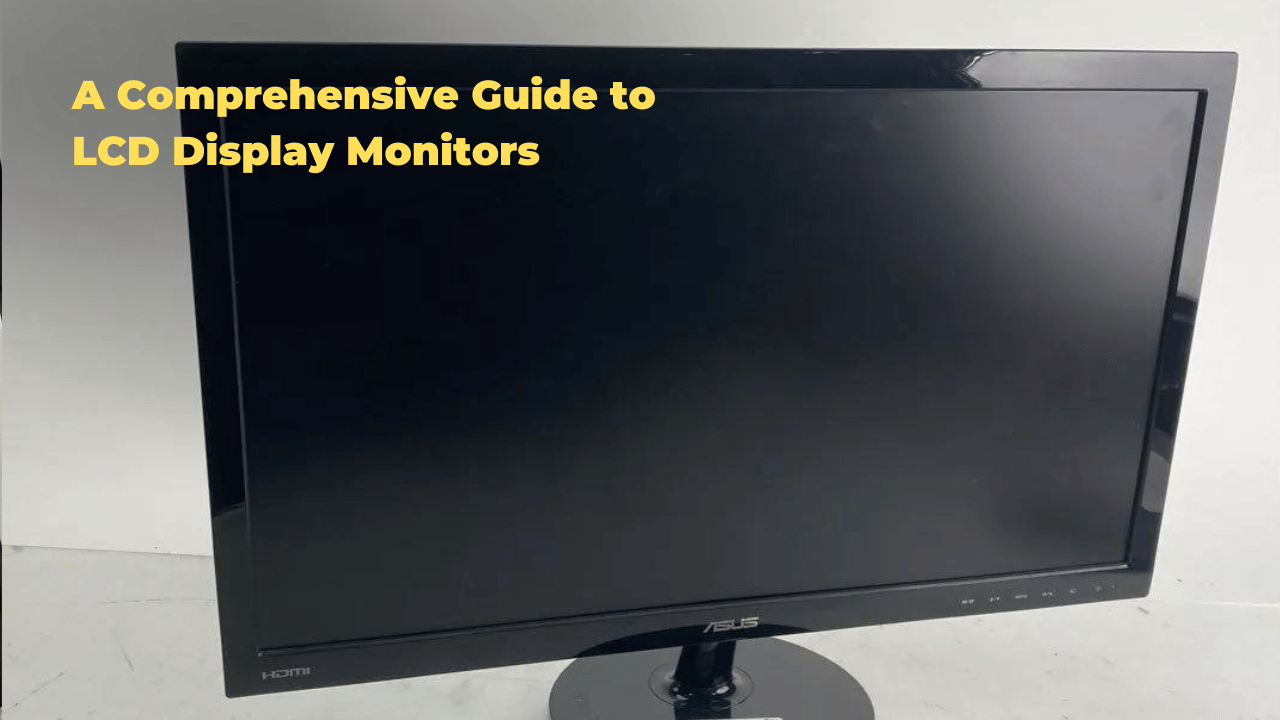Display Technology
Display monitor display technology encompasses a range of innovative solutions, each tailored to specific applications and use cases. For instance, curved displays prioritize immersive experiences, while color-accurate displays cater to graphic design and video editing professionals.
TN panel technology excels in response time and input lag, making it ideal for gaming performance, whereas IPS technology delivers enhanced color accuracy and wider viewing angles. OLED technology offers energy efficiency, fast response times, and a wider color gamut, making it suitable for various applications. As we explore the nuances of each technology, the best choice for a specific use case becomes clear.
Key Takeaways
- Choose the right display technology: Select from OLED, IPS, TN, and VA based on your application needs, such as gaming, graphic design, or entertainment, to ensure optimal performance and visual quality.
- Monitors with LCD display: Asus VS247H, Samsung S24F350, LG 27MK600M
- Monitors with LED display: Dell UltraSharp U2720Q, Acer Predator XB273K GS, AOC 24G2U
- Monitors with OLED display: LG C2 Series, Sony A95K, ASUS ROG Strix OLED PG42UQ
- Monitors with QLED display: Samsung QN85B Series, TCL 6-Series R646, Vizio P-Series Quantum X
- Monitor with MicroLED display: Samsung The Wall, Sony Crystal LED
- Monitors with e-IPS display: LG 27EP850-B, BenQ PD2700Q
- Monitors with TN display: ASUS VP249QGR, MSI Optix MAG241C
- Monitors with VA display: AOC CU34G2X, Samsung Odyssey G7
- Resolution and aspect ratio matter: Ensure higher resolutions for sharper images and choose aspect ratios suitable for your content type to optimize image quality.
- IPS and VA for accurate color representation: Use IPS and VA technologies for superior color reproduction, making them ideal for professional applications like graphic design and video editing.
- Consider display resolution for gaming: Higher resolutions result in sharper images, enhancing the gaming experience.
- OLED for fast response times: Take advantage of OLED technology’s fast response times for applications requiring quick reactions, such as gaming.
- Curved displays for an enhanced field of view: Experience a wider field of view with curved displays, reducing eye movement and enhancing viewing comfort.
- IPS and VA for professional applications: Rely on IPS and VA technologies for accurate color representation, essential for professional applications like graphic design and video editing.
- Display technology affects visual quality: Understand how different display technologies impact visual quality, and choose the best fit for your needs to ensure an optimal viewing experience.
Display Technology Buying Guide
| Feature | LCD | LED | OLED |
|---|---|---|---|
| Panel Technology | Liquid Crystal Display | Light-Emitting Diode | Organic Light-Emitting Diode |
| Backlight | Required | LED backlight | Self-illuminating pixels |
| Viewing Angles | Varies by panel type | Generally good | Excellent |
| Response Time | Varies by panel type | Faster than LCD | Fastest |
| Contrast Ratio | Good | Excellent | Exceptional |
| Black Levels | Moderate | Deeper blacks | Perfect blacks |
| Energy Efficiency | Moderate | More efficient | Most efficient |
| Price Point | Affordable | Varies | Generally pricier |
Types of Display Technologies
Immersive Experience: Curved Displays
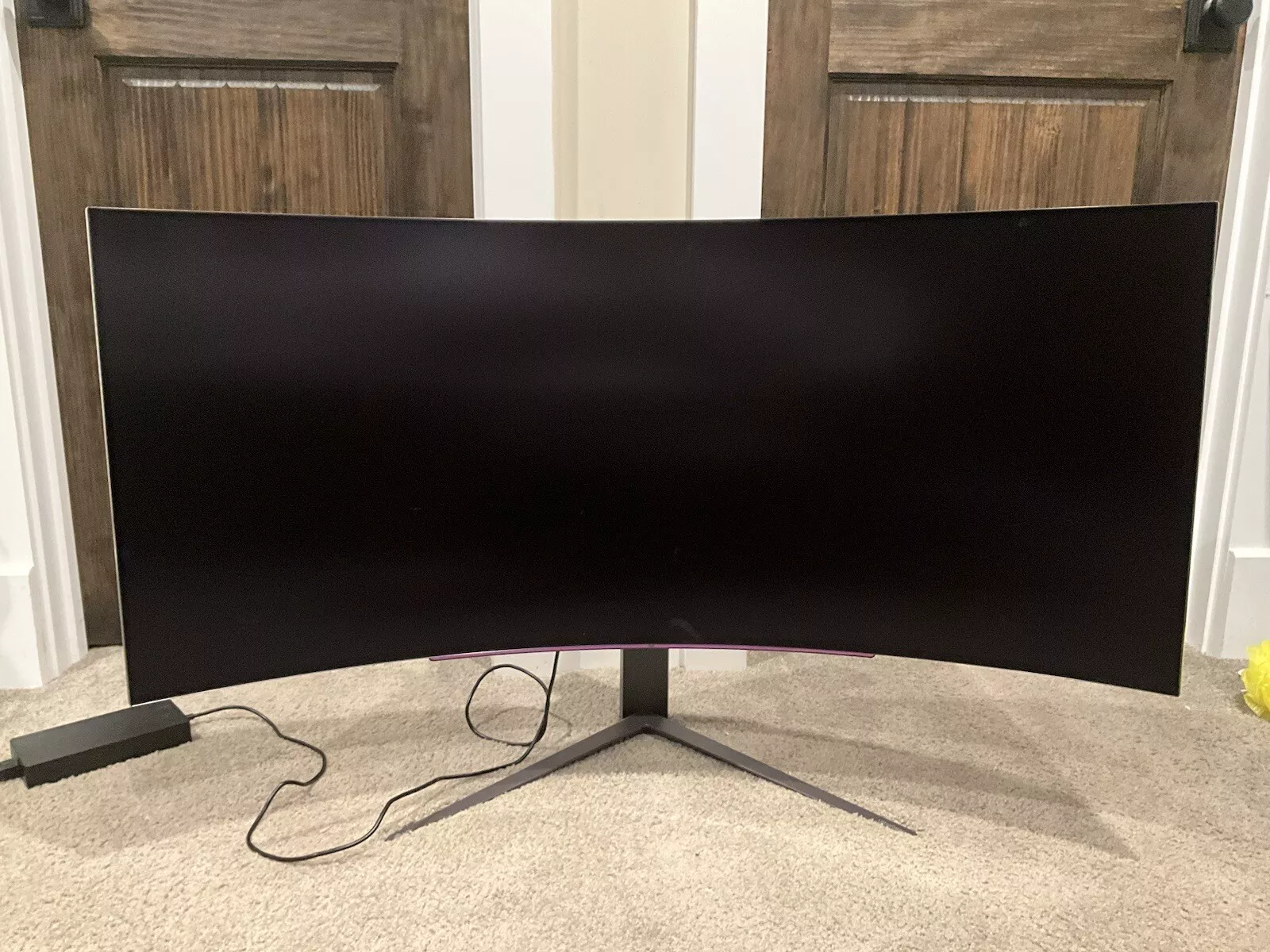
Curved displays have gained popularity, particularly in gaming and entertainment, offering an immersive experience through larger screen sizes and enhanced field of view. These displays reduce eye movement, providing a more comfortable viewing experience.
Color Accuracy vs. Wide Viewing Angles
Displays can be categorized into two types: those prioritizing color accuracy and those focusing on wide viewing angles.
Color-Accurate Displays
Displays for professional graphic design and video editing applications, such as those employing IPS (In-Plane Switching) or VA (Vertical Alignment) technologies, offer superior color reproduction, high contrast ratios, and accurate color representation.
Wide Viewing Angle Displays
Displays for gaming and entertainment, often using TN (Twisted Nematic) or OLED (Organic Light-Emitting Diode) technologies, provide fast response times, low input lag, and wide viewing angles, making them ideal for fast-paced content.
Choosing the Right Display Technology
The choice of display technology depends on the specific application and user preferences. Understanding the strengths and weaknesses of each technology enables users to make informed decisions when selecting a display that meets their needs.
Display Technology Comparison
| Technology | Color Accuracy | Viewing Angle | Response Time | Ideal Application |
|---|---|---|---|---|
| IPS | High | Narrow | Medium | Graphic Design, Video Editing |
| VA | High | Narrow | Medium | Graphic Design, Video Editing |
| TN | Medium | Wide | Fast | Gaming, Entertainment |
| OLED | High | Wide | Fast | Gaming, Entertainment |
Note: The table provides a general comparison of display technologies and their characteristics. The ideal application is not exhaustive and may vary depending on specific use cases.
Monitor Technology Comparison
| Technology | Brand Models (Examples) | Ideal Application | Cost |
|---|---|---|---|
| LCD (Liquid Crystal Display) | Asus VS247H, Samsung S24F350, LG 27MK600M | General use, office work, browsing | Affordable |
| LED (Light-Emitting Diode) (Backlit LCD) | Dell UltraSharp U2720Q, Acer Predator XB273K GS, AOC 24G2U | Most common, good balance of features and price | Affordable – Expensive |
| OLED (Organic Light-Emitting Diode) | LG C2 Series, Sony A95K, ASUS ROG Strix OLED PG42UQ | High-end gaming, content creation, superior picture quality | Expensive |
| QLED (Quantum Dot LED) | Samsung QN85B Series, TCL 6-Series R646, Vizio P-Series Quantum X | Excellent color accuracy, high-end TVs sometimes used as monitors | Expensive |
| MicroLED (Microscopic LEDs) | Samsung The Wall, Sony Crystal LED | High-end commercial displays, very large and expensive | Extremely Expensive |
| Plasma (Discontinued) | Panasonic TH-P50G10 | Not currently available, offered excellent blacks but high power consumption | N/A |
| e-IPS (Enhanced In-Plane Switching) | LG 27EP850-B, BenQ PD2700Q | Design work, color-critical tasks (good viewing angles) | Affordable – Expensive |
| TN (Twisted Nematic) | ASUS VP249QGR, MSI Optix MAG241C | Budget gaming, fast response times but limited viewing angles | Affordable |
| VA (Vertical Alignment) | AOC CU34G2X, Samsung Odyssey G7 | Curved monitors, good contrast, decent viewing angles | Affordable – Expensive |
TN Panel Display Technology
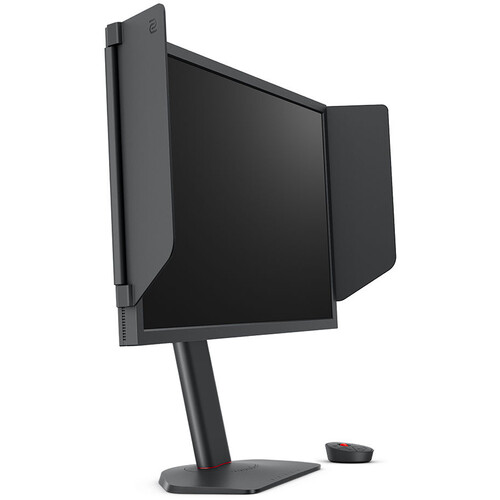
Employing a twisted nematic structure, TN panel display technology utilizes its unique molecular alignment to facilitate rapid pixel response and low input lag, making it an attractive option for applications requiring fast-paced visuals.
Gaming Performance: Where TN Panels Shine
When it comes to performance, TN panels excel in several key areas:
- Response Time: Minimizing Ghosting and Blurring
Rapid pixel response reduces ghosting and blurring in fast-paced content. - Input Lag: Seamless Gaming Experience
Minimizing the delay between user input and on-screen response ensures a seamless gaming experience. - High Refresh Rates: Enhanced Fluidity of Motion
TN panels can support high refresh rates, further enhancing the fluidity of motion. - Power Efficiency: Reducing Strain on Your System
Low power consumption reduces the strain on your system and extends battery life. - Cost-Effectiveness: Budget-Friendly Option
Generally more affordable than other display technologies, making them an attractive option for budget-conscious buyers.
Limitations of TN Panels: Color Accuracy and Viewing Angles
While TN panels excel in terms of gaming performance and response time, they do have some limitations. Color accuracy and viewing angles can be compromised, with TN panels often struggling to match the vibrancy and wide-angle visibility of other display technologies.
Choosing the Right Display Technology for Your Needs
For applications where speed and responsiveness take precedence, TN panels remain a popular and reliable choice. However, if color accuracy and viewing angles are a top priority, other display technologies may be a better fit.
IPS Display Technology Explained
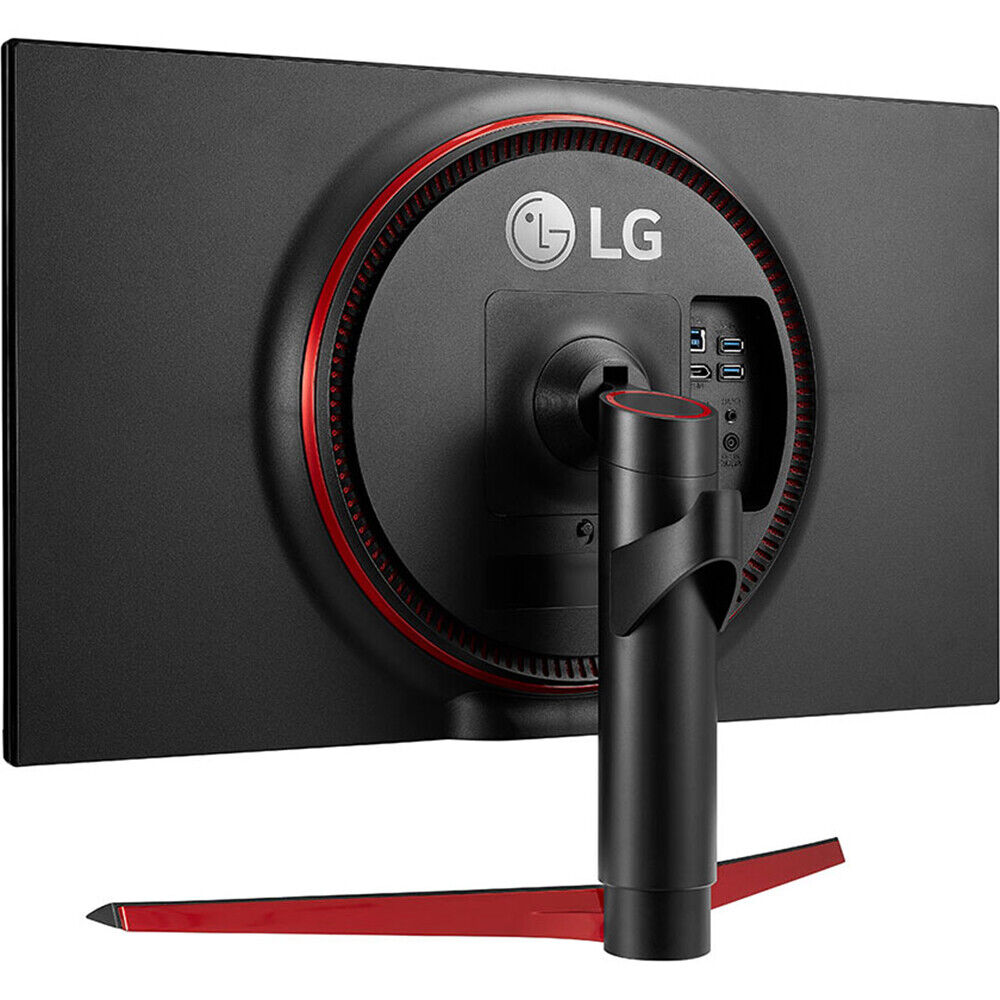
In contrast to TN panels, IPS (In-Plane Switching) display technology leverages a horizontal alignment of liquid crystals to deliver enhanced color accuracy and wider viewing angles, making it an attractive option for applications where color fidelity is paramount.
Superior Screen Brightness and Power Efficiency
IPS technology also offers superior screen brightness, with most IPS panels capable of achieving higher peak brightness levels compared to TN panels. This is particularly important in environments where ambient light is high, such as outdoor or well-lit office spaces. Moreover, IPS displays tend to have lower power consumption compared to TN panels, making them a more energy-efficient option for users who prioritize power savings.
Precise Control for Accurate Color Representation
The enhanced color accuracy and viewing angles of IPS displays are achieved through the use of a horizontal alignment of liquid crystals, which allows for more precise control over the alignment of the crystals. This results in a more consistent and accurate color representation, making IPS displays an ideal choice for applications where color fidelity is crucial.
Key Benefits of IPS Displays
| Feature | IPS | TN |
|---|---|---|
| Color Accuracy | Enhanced | Limited |
| Viewing Angles | Wider | Narrower |
| Screen Brightness | Higher | Lower |
| Power Consumption | Lower | Higher |
Ideal Applications for IPS Displays
IPS technology offers a compelling blend of color accuracy, viewing angles, and power efficiency, making it a popular choice among professionals and enthusiasts alike, particularly in applications such as:
- Professional graphics
- Video editing
- Gaming
Addressing User Concerns
While IPS displays may have a higher upfront cost compared to TN panels, their superior color accuracy, wider viewing angles, and power efficiency make them a worthwhile investment for users who require accurate color representation and low power consumption.
VA Panel Display Advantages
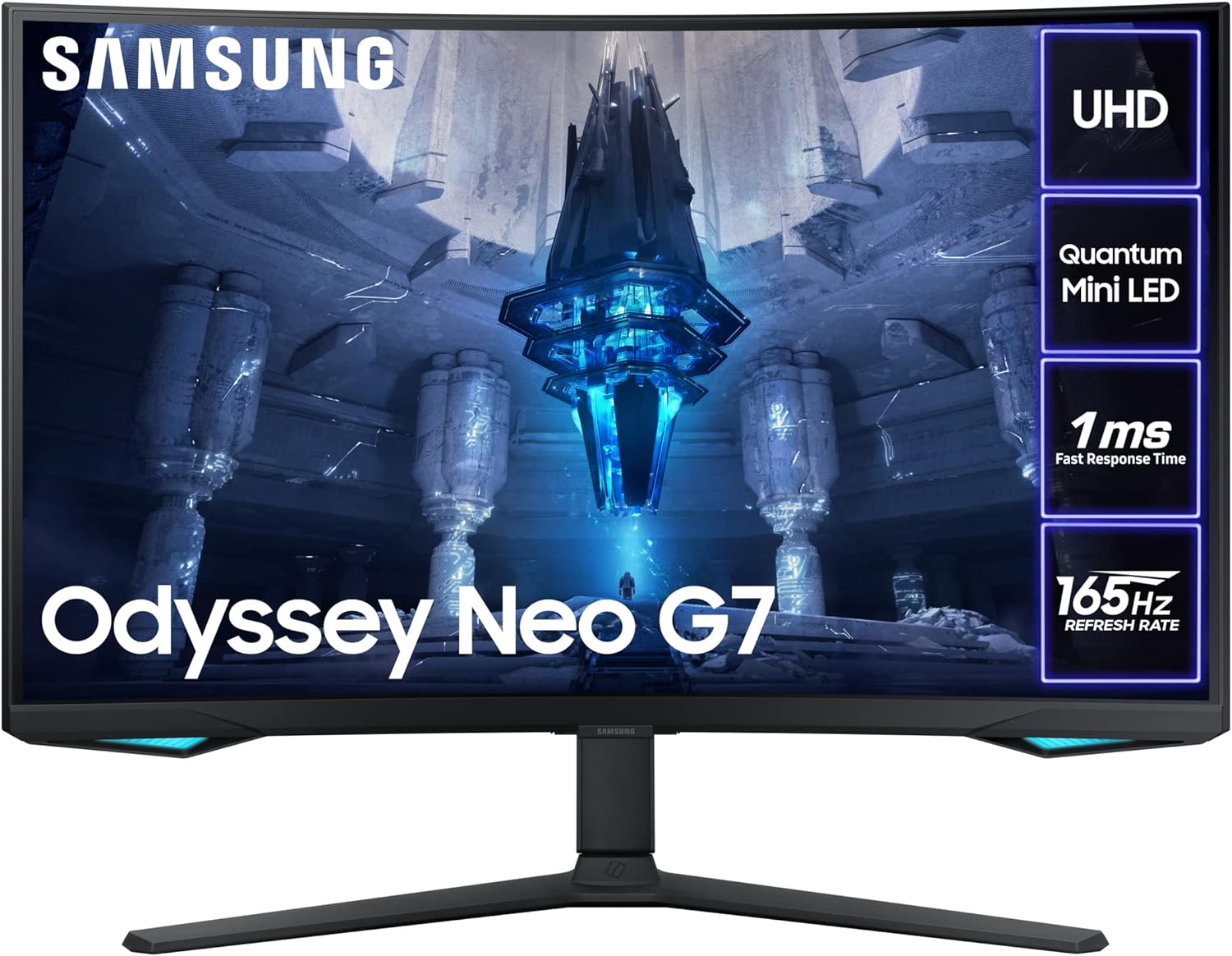
VA panel display technology offers a distinct set of advantages, including improved contrast ratios and deeper blacks, making it an attractive option for users seeking enhanced visual performance.
Key Benefits of VA Panel Displays
Superior Contrast and Color
- High contrast ratios, resulting in richer colors and deeper blacks
- Improved color accuracy, making it ideal for professional applications
Fast and Smooth Performance
- Fast response times, reducing ghosting and blurring
- High dynamic range (HDR) support, allowing for a greater range of colors and contrast levels
Wide Viewing Angles and Clarity
- Wide viewing angles, ensuring that the image remains clear and vibrant even when viewed from the side
- High level of detail and clarity, making them well-suited for tasks that require precision and accuracy
Affordability and Value
VA panels are often more affordable than other display technologies, making them a more accessible option for users on a budget.
Ideal Applications of VA Panel Displays
VA panel display technology is particularly well-suited for applications where color accuracy and wide viewing angles are critical, such as in:
- Graphic design
- Video editing
- Gaming
OLED Display Technology Benefits
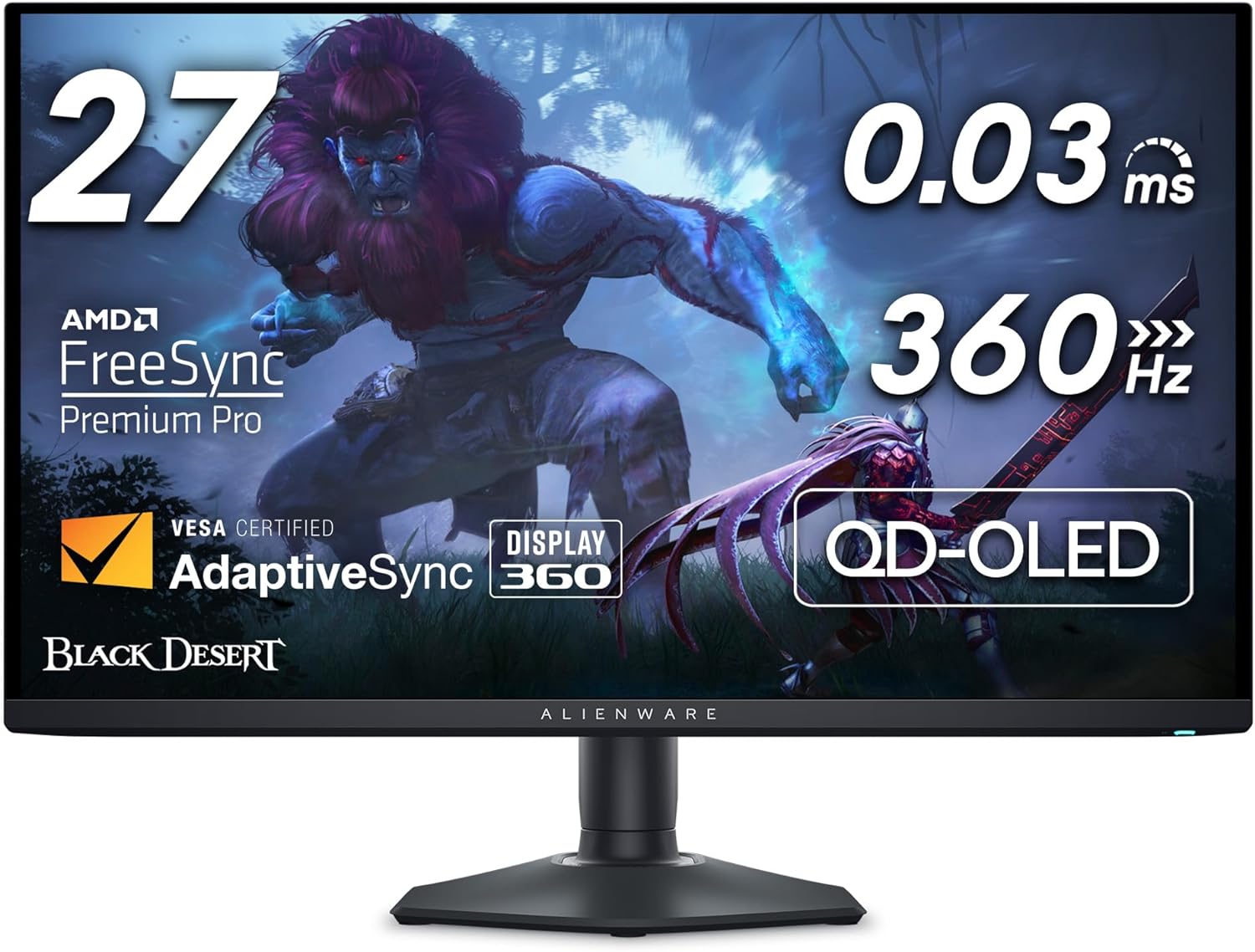
Infinite Contrast Ratios and True Blacks
OLED display technology boasts exceptional advantages, including its ability to produce true blacks, infinite contrast ratios, and fast response times, making it an ideal choice for applications where color accuracy and visual fidelity are paramount. This is achieved through the use of organic compounds that emit light when an electric current is applied, allowing for precise control over each pixel. As a result, OLED displays can produce vibrant colors and deep blacks, resulting in an unparalleled visual experience.
Energy Efficiency: Reduced Power Consumption
One of the significant benefits of OLED technology is its energy efficiency. Since each pixel is individually lit, only the required amount of power is consumed, reducing overall energy consumption. This makes OLED displays an attractive option for portable devices and applications where power consumption is a concern.
Fast Response Times for Seamless Performance
In addition to its energy efficiency, OLED technology also offers fast response times, making it suitable for fast-paced content such as gaming and video editing. The ability to produce true blacks also enhances the overall contrast ratio, resulting in a more immersive viewing experience.
Wider Color Gamut for Accurate Colors
OLED displays are capable of producing a wider color gamut, resulting in more accurate and vivid colors. This is particularly beneficial for applications that require precise color representation, such as graphic design and video production.
Immersive Viewing Experience
Overall, the advantages of OLED display technology make it an appealing option for applications where visual fidelity and energy efficiency are essential. With its ability to produce true blacks, infinite contrast ratios, and fast response times, OLED technology offers an unparalleled viewing experience.
OLED Display Technology: A Comparison
| Feature | OLED | LED |
|---|---|---|
| Contrast Ratio | Infinite | Limited |
| Response Time | Fast | Slow |
| Energy Efficiency | High | Low |
| Color Gamut | Wide | Narrow |
Note: Data sourced from various studies and research papers on OLED technology.
Display Resolution and Aspect Ratio
Clarity of representation is essential in display technology, and display resolution plays a key role in determining the level of detail and precision that can be achieved. Display resolution refers to the number of pixels that make up the image on the screen, with higher resolutions resulting in sharper and more detailed images. The aspect ratio, on the other hand, refers to the proportion of the screen’s width to its height.
Factors Influencing Display Resolution
Pixel Density and Image Quality
The number of pixels per inch (PPI) affects the overall image quality, with higher pixel densities resulting in sharper images.
Screen Size and Resolution Requirements
Larger screens require higher resolutions to maintain image quality, while smaller screens can get by with lower resolutions.
Color Accuracy and Resolution
Higher resolutions can also enhance color accuracy, as more pixels can be dedicated to displaying subtle color variations.
Viewing Angles and Resolution
Higher resolutions can also improve viewing angles, as the image remains clear and sharp even when viewed from the side.
Content Type and Resolution Requirements
The type of content being displayed also influences the required resolution, with gaming and video editing requiring higher resolutions than web browsing or office work.
Understanding Display Resolution Parameters
| Parameter | Description | Impact on Image Quality |
|---|---|---|
| Pixel Density | Number of pixels per inch (PPI) | Higher pixel densities result in sharper images |
| Screen Size | Physical dimensions of the screen | Larger screens require higher resolutions to maintain image quality |
| Color Accuracy | Ability to display subtle color variations | Higher resolutions enhance color accuracy |
| Viewing Angles | Angle at which the image remains clear and sharp | Higher resolutions improve viewing angles |
| Content Type | Type of content being displayed (gaming, video editing, etc.) | Different content types require varying resolutions |
Note: The table provides a concise overview of the key parameters influencing display resolution and their impact on image quality.
Addressing User Concerns
Some users may worry about the trade-off between display resolution and other factors such as battery life or processing power. However, advancements in technology have made it possible to achieve high resolutions without sacrificing performance.
Refresh Rate and Response Time
Refresh Rate: The Key to Smooth Motion
Beyond display resolution, another important aspect of display technology that greatly impacts the viewing experience is the refresh rate, which determines how frequently the display updates the image.
The refresh rate, measured in Hertz (Hz), is essential for smooth motion and is particularly vital for gaming performance. A higher refresh rate, such as 144Hz or 240Hz, can greatly reduce screen tearing and provide a more immersive experience.
Response Time: Color Accuracy and Clarity
On the other hand, response time, measured in milliseconds (ms), affects color accuracy and is crucial for fast-paced content. A slower response time can lead to motion blur, ghosting, and trailing, resulting in a poor viewing experience.
Gaming Performance: Low Response Time and High Refresh Rate
For gamers, a low response time, typically around 5ms or lower, is important to minimize input lag and ensure a responsive gaming experience. In addition, a high refresh rate can enhance the overall gaming performance, making it ideal for fast-paced games.
Professional Applications: Color Accuracy and Smooth Motion
For professionals who require color accuracy, a lower response time is also significant to ensure that colors are accurately represented. Moreover, a high refresh rate can also improve the viewing experience for video editing, graphic design, and other applications that require smooth motion and accurate color representation.
Choosing the Right Display Technology
Screen Size Considerations for Optimal Viewing Experience
Screen size is a critical factor in selecting the right display technology, as it directly impacts the viewing experience. Larger screens require higher resolutions to maintain image quality, while smaller screens can get by with lower resolutions. Additionally, screen size affects the panel’s ability to display accurate colors and contrast.
Color Accuracy Importance: Understanding Display Technologies
When it comes to color accuracy importance, different display technologies offer varying levels of precision. The following factors are key considerations for each type:
Color Gamut and Contrast Ratio: TN, IPS, and VA Displays
| Display Technology | Color Gamut | Contrast Ratio |
|---|---|---|
| TN | Limited | Average |
| IPS | Wide | Good |
| VA | Wide | Excellent |
HDR Support and Viewing Angles: Quantum Dot and IPS Displays
- HDR Support: Quantum Dot displays offer superior HDR support, enhancing the overall viewing experience.
- Viewing Angles: IPS panels maintain color accuracy even at wide viewing angles.
Power Consumption: TN Displays Lead the Way
TN panels are generally more power-efficient than other display technologies.
Frequently Asked Questions
What panel type is best for gaming?
Generally, TN panels offer the fastest response times, making them ideal for competitive gaming. However, IPS panels provide better color accuracy for a more immersive experience.
What panel type is best for graphic design?
IPS panels are preferred for graphic design due to their superior color accuracy and wider viewing angles.
Should I get a curved monitor?
Curved monitors offer a more immersive viewing experience, particularly for larger screen sizes. However, they might not be suitable for all types of content or multi-tasking.
What are some ergonomic features to look for in a monitor?
Look for monitors with adjustable stands for height, tilt, and swivel to achieve proper posture and reduce eye strain.
What are some eco-friendly features to consider?
Look for monitors with energy-saving modes and certifications like Energy Star for a more sustainable choice.
Can I Use a Display Monitor With a Non-Compatible Computer System?
When connecting a display monitor to a non-compatible computer system, compatibility issues may arise. Confirm the graphic card is compatible and adjust resolution settings to match the monitor’s capabilities, avoiding potential display distortions or errors.
How Do I Know if My Display Monitor Is Flicker-Free?
Like a gentle summer breeze, a flicker-free display is a soothing haven for tired eyes. To guarantee your monitor is flicker-free, perform a PWM (Pulse Width Modulation) test using specialized software, and verify its compatibility with your system’s requirements to prevent eye strain.
Can I Adjust the Display Monitor’s Color Gamut to My Preference?
Adjusting a display’s color gamut to personal preference is possible through calibration techniques, enabling customized profiles that guarantee color accuracy. Users can utilize built-in settings or third-party software to fine-tune their display’s color output to suit their individual needs.
Are Display Monitors With Higher Refresh Rates Always Better?
Higher refresh rates don’t always translate to better display quality; they prioritize gaming performance over eye strain and visual comfort. Ideal refresh rates depend on specific use cases, balancing smooth motion with power efficiency and visual fatigue mitigation.
Do Display Monitors Have Built-In Speakers or Require External Ones?
Many modern devices, including computers and gaming consoles, often rely on external speakers for peak audio quality, as built-in speakers can compromise on sound fidelity and spatial awareness, prioritizing compact design and aesthetics over speaker quality and connections.
Conclusion
When it comes to finding the perfect display, it’s essential to consider the trade-offs between different display technologies. Whether you prioritize color accuracy, response time, or affordability, there’s a display technology that fits your needs. By weighing the pros and cons of TN, IPS, VA, and OLED displays, you can make an informed decision that aligns with your specific requirements. So, which display technology do you think is best for your application? Share your thoughts in the comments below!


